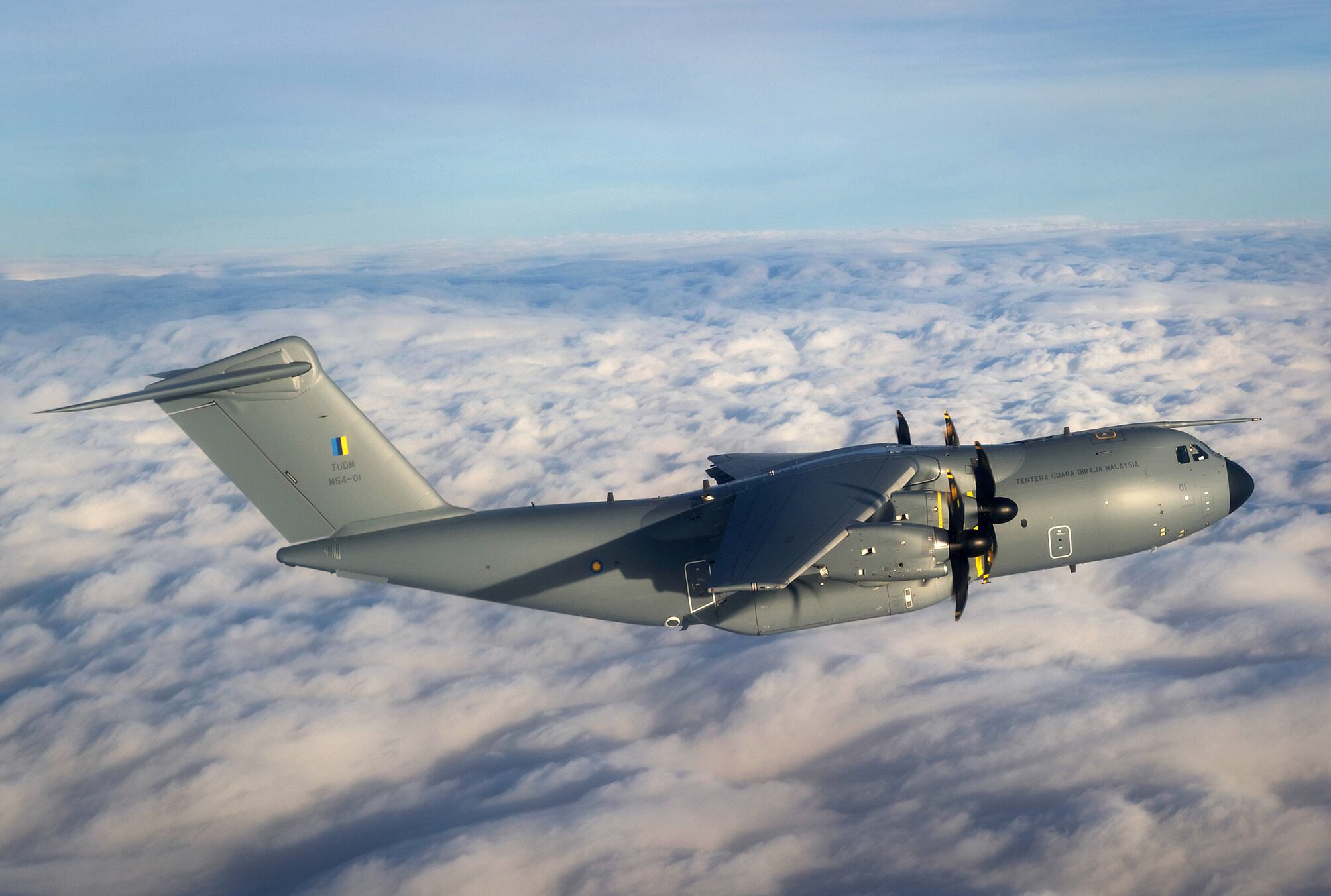MELBOURNE, Australia — Australia plans to continue conducting refueling trials with the Airbus KC-30A tanker aircraft, as the country seeks to expand the type’s flexibility in supporting coalition operations.
Speaking at the Avalon Airshow, Flight Lt. Kevin Baker, a test pilot from No. 33 Squadron of the Royal Australian Air Force, which flies the KC-30A Multi Role Tanker Transport, said the receiver aircraft are from other nations and include U.S. Air Force F-15E Strike Eagles, Republic of Singapore Air Force F-15SG Eagles, and Japan’s Mitsubishi F-2.
There is no set schedule yet for the refueling trials.
Australia’s efforts to certify the KC-30A MRTT, which is based on the Airbus A330 airliner, with foreign receivers began in 2015, when it sent an aircraft to the United States for refueling trials with various receiver aircraft. Since then, the RAAF has certified the KC-30A with U.S Air Force, Navy and Marine Corps aircraft such as the Lockheed Martin F-35A/B Lightning II, the F-16C Fighting Falcon and the Boeing B-1B Lancer bomber, as well as the F/A-18 Hornet, the Boeing F/A-18E/F Super Hornet and the EA-18G Growler, types which are also flown by the RAAF.
British, German and Saudi Tornado jets, French Rafale fighters, Indian Sukhoi Su-30MKI aircraft and Singapore’s F-16C/D fighters are among the aircraft certified to refuel from the RAAF’s KC-30s. These certifications will be accompanied by the release of a standards related document, an annex to NATO Allied Tactical Publication 3.3.4.2, which defines all air-to-air refueling restrictions and envelopes for allied aircraft, and provides foreign partner nations with the safest practice for pairing the aircraft as well as limitations and restrictions during refueling.
Australia has deployed the KC-30A in support of coalition air operations in the Middle East, and the type has previously been described as the “tanker of choice” for coalition operations by senior RAAF officers owing to its rate of availability and fuel offload capability.
RELATED

Pilots have also spoke highly of the tanker, with Time’s War Zone blog reporting in July that U.S. fast-jet pilots called the KC-30A’s refueling basket “spectacular” to refuel from due to its ability to stay very still during refueling operations.
Sources tell Defense News that the trials between the KC-30 and F-15 will be the second time the RAAF will try to certify the F-15. An earlier effort to do so, around 2015, with U.S. Air Force F-15s was put on hold without fully certifying the type.
It was was found that during some flight parameters, the KC-30’s boom had a tendency to move too close to, and run the risk of contact with, the F-15’s canopy when approaching or plugged into the fighter’s shoulder-mounted refueling receptacle. This was blamed on the airflow over the F-15’s nose and canopy.
It’s unknown what the specific flight parameters were, although it’s believed the problem occurred when both aircraft were turning.
An RAAF spokesperson told Defense News in an email that “tanker aircraft and receivers are required to bank left or right together when flying refueling tracks on operations. This makes banking an important test requirement for refueling trials.” The spokesperson added that “the change in altitude during left and right banks may alleviate or exacerbate performance during the refueling, depending on the design of the two aircraft (for example: asymmetrical platforms, single or twin vertical stabilizer aircraft, engine performance).”
Saudi Arabia and South Korea, who operate both the A330 MRTT (the designation for the KC-30A outside of Australia) and F-15s, have released photos and video of the tanker refueling their respective F-15s, although none that were taken while both aircraft were banking.
An industry source at the Avalon Airshow said the compatibility issue has been fixed prior to Singapore — another user of both aircraft types — taking delivery of its first MRTT in August 2018.
However, Defense News understands that as of late 2018, Singapore had not fully certified the MRTT with its F-15SGs.
Airbus Defence and Space, as well as the defense ministries of Singapore and South Korea, were asked in early February whether there were compatibility issues between the tanker and receiver.
When asked by Defense News whether Airbus and the South Korea Air Force recognized problems at some parameters during banking or altitude changes, Col. Lee Sang-kyu, a spokesman for the service, said: “There have been no problems so far.”
He added that “Airbus and the ROKAF [Republic of Korea Air Force] conducted tests and evaluations of the interoperability of the MRTT and the F-15K before final delivery late last year, and since then the ROKAF by itself has been doing tests before full-scale field deployment this year.”
A spokesperson for Singapore’s Defence Ministry said that “the operationalization of the Airbus A330 Multi Role Tanker Transport is progressing well” and that the tanker has “successfully conducted air-to-air refueling with the [Republic of Singapore Air Force]’s F-15SGs” during flight tests, without going into further detail.
Airbus told Defense News in an email that “the A330 MRTT is qualified to refuel virtually all front-line Western and coalition types, including the F-15. It has conducted combat AAR operations with many of them, including numerous aircraft flying on U.S. operations.”
Jeff Jeong from Seoul, South Korea, contributed to this report.
Mike Yeo is the Asia correspondent for Defense News.








